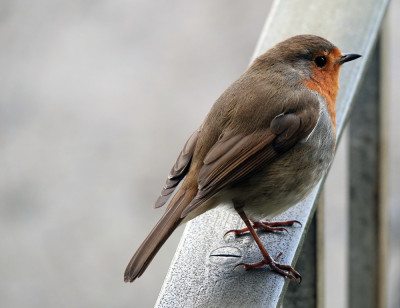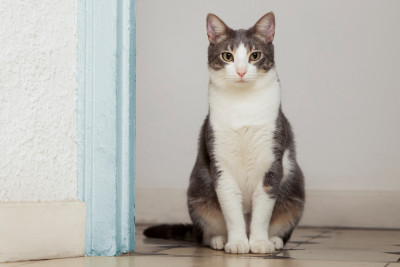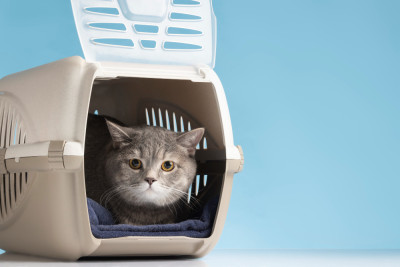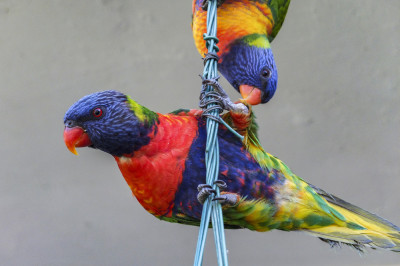1. Sleep Cycles in Birds
Birds, like humans and other animals, go through sleep cycles. However, avian sleep patterns are quite different:
-
Unihemispheric Slow-Wave Sleep (USWS): Birds can sleep with one hemisphere of their brain at a time while the other remains alert. This allows them to rest while maintaining some level of vigilance against predators.
-
Daytime Naps: Many birds take short naps during the day to rest, conserve energy, or digest food. These naps are often brief and may last only a few minutes.
-
Nighttime Sleep: Birds typically have more extended periods of sleep during the night, which can last several hours. However, their sleep is often fragmented, with periods of wakefulness interspersed.
2. Creating a Suitable Sleeping Environment
To ensure your bird gets the rest they need, create a suitable sleeping environment:
-
Consistent Schedule: Establish a consistent daily schedule, including regular bedtimes and wake-up times. Birds thrive on routine.
-
Dark and Quiet: Provide a dark and quiet sleeping area free from disturbances. Covering the cage partially or fully can help create darkness. Avoid loud noises or sudden disruptions during their sleep.
-
Temperature: Ensure the sleeping area is at an appropriate temperature for your bird's species. Most pet birds are comfortable at temperatures between 65°F and 80°F (18°C to 27°C).
-
Safe Roosting Spots: Birds often prefer to sleep on a high perch, where they feel safe from potential ground-based predators. Ensure the cage has suitable perches for roosting.
3. Monitoring Sleep Patterns
Understanding your bird's sleep patterns can help you detect potential health issues:
-
Changes in Sleep Duration: Be attentive to significant changes in your bird's sleep duration. Sudden increases or decreases in sleep time may indicate health concerns.
-
Daytime Sleep: If your bird starts sleeping excessively during the day or appears lethargic, it's a sign that something may be wrong. Consult with an avian veterinarian if you notice these changes.
-
Vocalizations: Unusual vocalizations during the night may signal discomfort or distress. Investigate the cause and address any underlying issues.
4. Individual Variations
It's important to recognize that individual birds may have unique sleep patterns and preferences. Some birds are more adaptable to different sleep schedules, while others may be more sensitive to changes in their routine.
5. Consideration for Species
Different bird species have varying sleep requirements and habits. For example:
- Nocturnal birds, like owls, are naturally active during the night and may sleep during the day.
- Diurnal birds, like most parrots, are active during the day and sleep at night.
- Some migratory birds may have altered sleep patterns during migration periods.
Conclusion
Understanding your bird's sleep patterns is essential for their health and happiness. By providing a suitable sleeping environment, monitoring changes in sleep behavior, and considering your bird's species-specific needs, you can ensure they enjoy restful and rejuvenating sleep. A well-rested bird is a happy and healthy companion, and your attention to their sleep patterns will contribute to their overall well-being.







